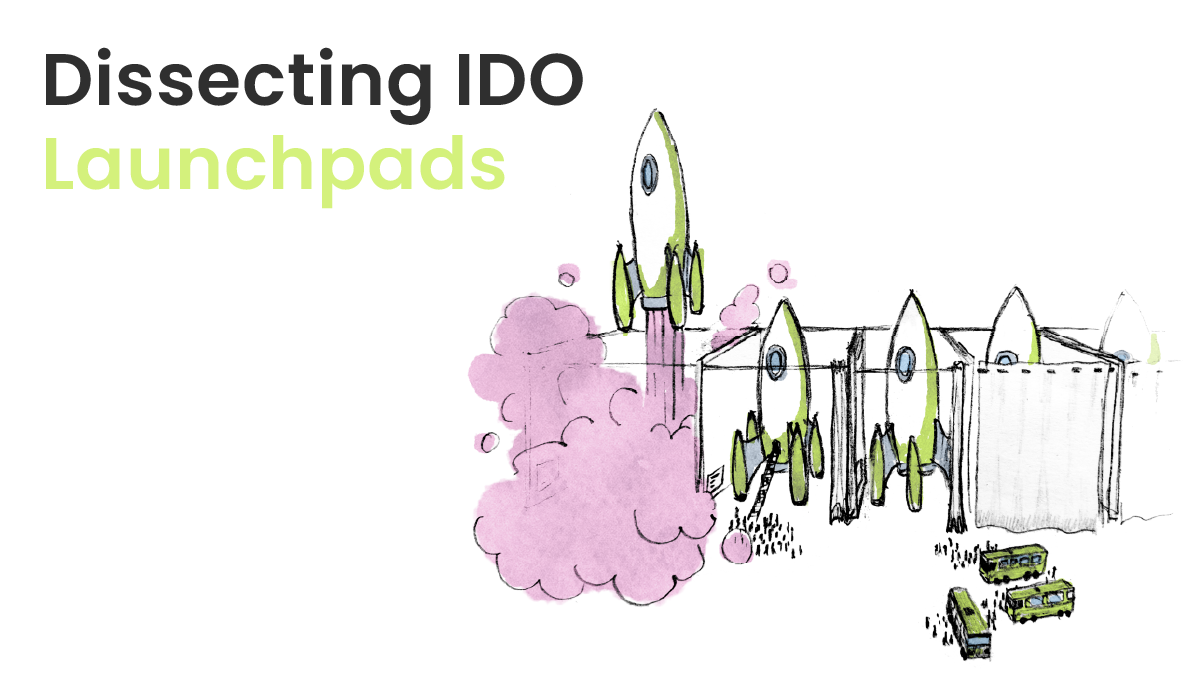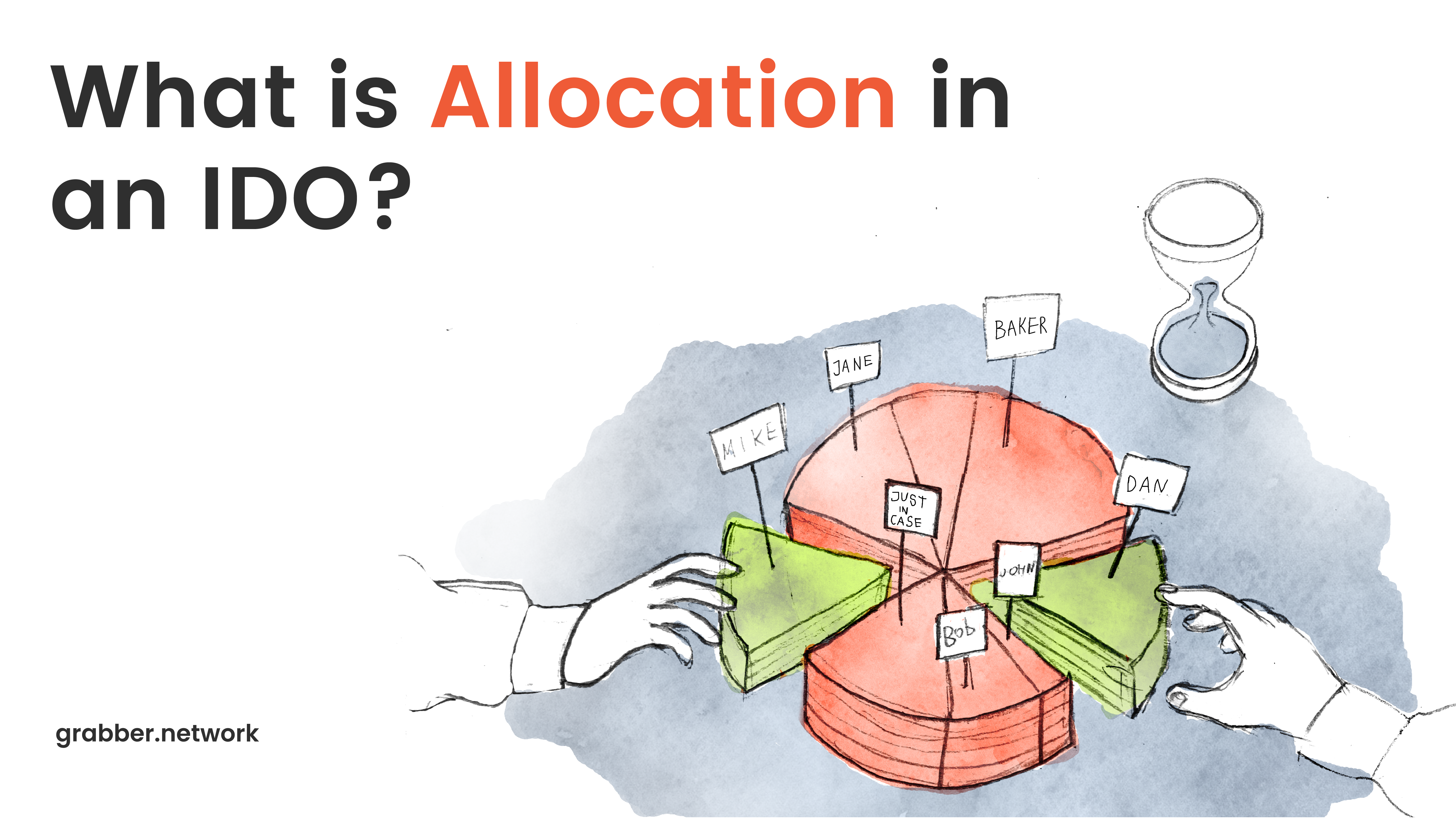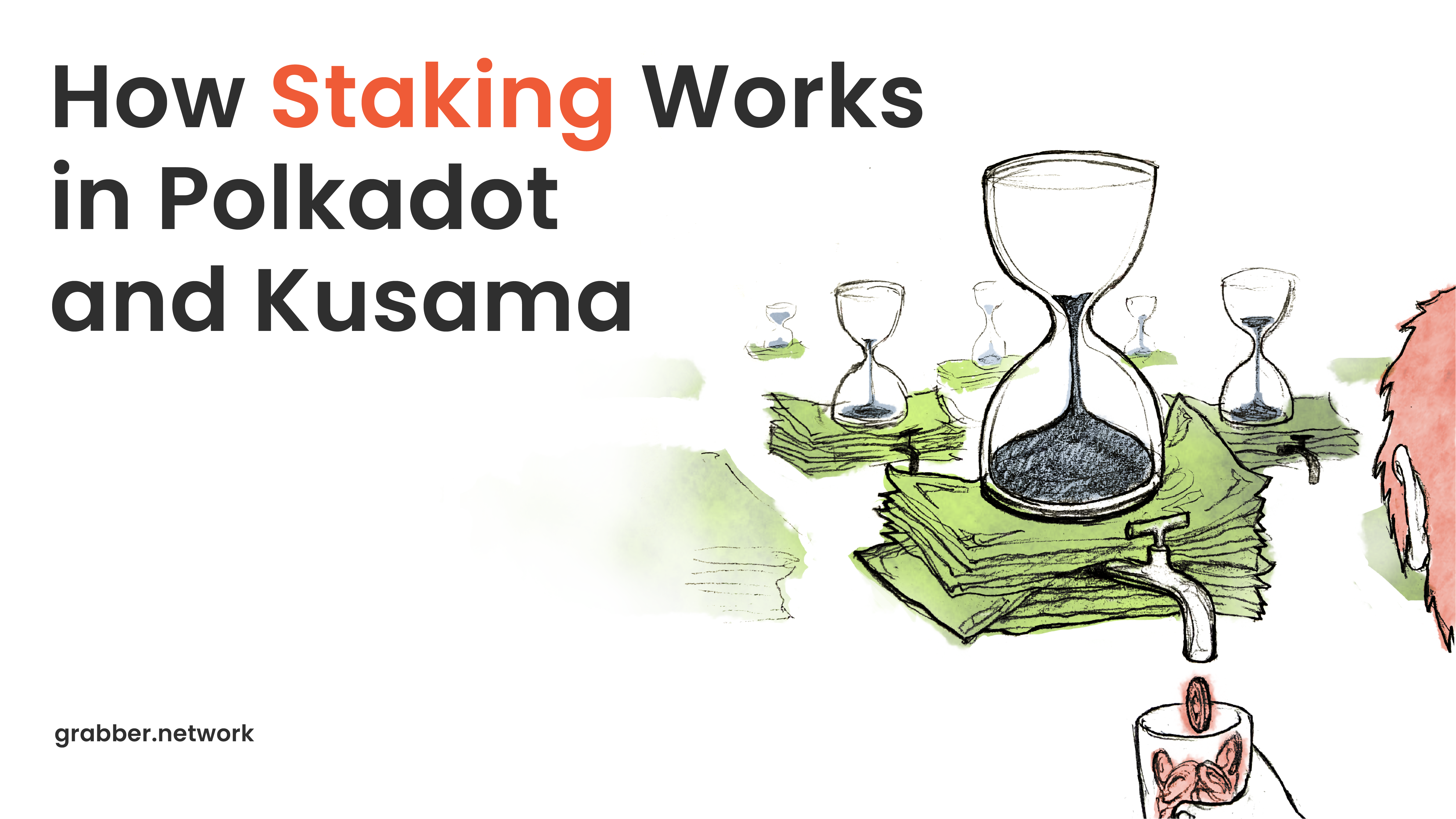Use cases. Where and why is blockchain used?

Content
And why Ethereum isn’t always a viable solution.
Previously covered:
- There is a possibility to use accounts and create new algorithms of interactions without asking anybody. Interactions can be algorithmized, coded and planned with the help of smart-contracts
- Tokens are the “footsoldiers” of smart-contracts. They’re programmable, traceable money that cannot exist outside of a blockchain. They play a decisive role in supporting and expanding the economic systems of these blockchains and act as units of trade.
- If the tokens are units of exchange, dApps are the “operation centers” for the tokens. They allow users to interact with other users or with smart-contracts on blockchain to exchange, borrow, lend or utilize tokens, play games, gamble and so much more. Using a dApp doesn’t require a middleman and is completely permissionless, which is the core of business on the blockchain.
- Ethereum pioneered this new way of interaction on blockchain with smart-contracts and dApps and vigorously conquered the market. But Ethereum has reached a glass ceiling of scalability, shifting possible use-cases towards high appreciation. And the undisputed leadership of Ethereum shapes the whole crypto-economy on a macro-scale.
As good as Ethereum is, it’s certainly not feasible for all of the possible use-cases on blockchain.
The sheer costliness of transactions in Ethereum, its relatively slow transaction speed and even the intransigent security of its Consensus mechanism have in a lot of cases become a restraining factor for deployment of lots and lots of new projects and businesses.
This turn of events showed a clear necessity to deploy projects on new and specific blockchains and platforms, which fit for their needs.
Let’s take some examples of why and where Ethereum just doesn’t cut it and why dApps require an alternative and also look how other blockchains are holding on with their competition.
First off – NFTs: Rich Data
Ethereum, quite frankly, isn’t that good for your utility NFTs. Their issue of NFTs is very expensive with Gas prices reaching in some cases thousands of dollars. Ethereum’s token standards also aren’t optimal for utility NFTs in a lot of cases. This leads to a situation, where some of the dApps that require usage of NFTs just aren’t feasible within Ethereum’s system.
Say, you want to create a tracking dApp. The idea is simple: the user runs a smart-contract to track a specific parcel and once an hour the smart-contract generates an NFT with relevant data showing where the tracking item currently resides. And each user, who has this NFT address can now track the parcel and know its whereabouts.
With the cost of issuing NFT on Ethereum being around $20 for this type of NFT (on a good day), maintaining this dApp would cost the user over $240 a day. That’s certainly not worth the money if you’re not shipping millions of dollars worth of goods. Hell, it would be a little too much even for the big shipments. Thus, creating this really helpful and useful product becomes economically unfeasible.
Local-used currencies (without forking)
There is also a demand for deployment of local currencies, which provide a high level of security and speed in a designated space
This could be helpful for dApps that imitate or replace the usage of community currencies. Community currency is a form of currency issued by private entities or community organizations for use at local participating businesses. Its main goal is to encourage spending at local businesses as opposed to chain or “big box” stores, thereby promoting local ownership of businesses and capital. And this could be effectively implemented in blockchain.
As of right now, if we’re dealing with Ethereum, this is only possible by forking the tokens off of the “main” blockchain. But this way we end up with a separate chain, connected to the main one by bridges. Meanwhile, Ethereum is not intended for such a clusterization.
Microtransactions. Less robust Consensus
Ethereum is certainly not plausible for microtransactions too. Don’t get us wrong, it has security, community and power. But, it’s all a little too much for a fast transaction speed. The high security consensus mechanism slows the validation process and drives the cost of them up.
A marketplace with cheap goods like TaoBao could never move on Ethereum because the “cost of buying” a $5 pack of glitter for makeup would evaluate to 10 times as high as the price of that pack itself. The robust and strict Consensus mechanism of PoW blockchain in this case must be sacrificed for transaction speed. Because if the majority of transactions on a blockchain are small, the precision of Ethereum is deteriorating.
Higher anonymity demand
As you already know, transactions in most blockchains aren’t anonymous. They’re what’s called pseudonymous. That’s why some of the competition has to adapt to a market demand for anonymity too.
For example, current state of decentralized autonomous organizations (DAOs)
involves transactions on a blockchain and voting schemes. Today, real-life voting is almost synonymous with anonymity. But due to the decentralized, immutable, and public nature of Ethereum and a lot of other blockchains, the real anonymity cannot be reached. This presents numerous issues when it comes to confidentiality, voter influence, and voter turnout in DAOs.
The solution could be made with complicated and multilayered smart-contracts, but that’s going to reflect on the cost of their deployment, thus affecting the turnout again.
Big use-cases of the future
Combined solutions.
Imagine that you’re a big time, triple A Game Developer. You have an idea for a Game and you want to implement the usage of blockchain for it. And most likely you would essentially need two things from the blockchain: NFTs and a basic transaction token.
An NFT needs to be created for each player’s weapon customisation. You have a huge role prepared for weapon customization in your game. Like, say you have a system of slightly randomized enchanting of weapons with a purpose of defeating specific enemies. So the issue of NFTs is required quite frequently: at least daily if not more often.
Ethereum offers you these wonderful conditions: an issue of NFT with a gas price of $20 worth of ETH on a good day.
You also want to implement microtransactions in the game. That means lots and lots of operations with small quantities of your ingame tokens on the network. With Ethereum’s staggering Gas price of $1 per operation the whole internal economy of the game ingloriously crumbles. Noone wants to spend a new pair of sneakers worth of crypto just to move around some ingame assets and play for a day. No way that’s gonna work.
So, proceeding with Ethereum, you’re gonna end up with a really, really expensive game, where each gaming session is gonna cost players up from $30 or more. And, considering the rather slow transaction speed of Ethereum, the experience is not going to be very pleasing either. Good luck trying to find your crowd!
For a game to be playable, there has to be a blockchain solution that allows both transactions and NFTs to run seamlessly and cheaply.
The widespread inability to realize these kinds of projects is a strong deterrent for further development in the crypto-world in general. Meanwhile, the demand for such multi-use-case blockchain solutions is growing by the day.
However, as of right now, there are several robust solutions that use a combined approach and could actually fulfill these kinds of requirements and stay affordable.
- Polkadot – a platform that allows an actually new solution to the scalability problem of blockchains today.
It actually embodies the vision of the whole crypto ecosystem, where all blockchains have a common link to one another.
A creation of a co-founder of Ethereum and a creator of Solidity Gavin Wood, Polkadot is essentially what Ethereum was envisioned to be in the future by its founders – an ecosystem with separate blockchains connected to a level-zero foundation that allows for their interoperability.
As we’ve already figured out, there is a lack of interoperability in crypto. Polkadot introduces a layer-zero formation known as the “relay chain” that serves as a ground to connect all the scattered and standalone blockchains which in Polkadot are called “parachains” and allow them to communicate with each other seamlessly. It even has a possibility to connect difficult or established blockchains, such as Bitcoin and Ethereum by writing a break-in and break-out smart-contracts that will allow other chains to communicate with the Polkadot network. and Just like the internet was introduced to let computers communicate with each other, eventually leading to the evolution of intercommunication.
- Avalanche – a platform with a unique Consensus model. Avalanche Consensus model. It follows proof of stake pretty closely, but it does have a few important differences.
Subsampled voting – a large group of people, who volunteered to participate in the network and get randomly asked to check things. Small random subsets of validators get asked whether a transaction should be rejected or validated. Contrary to PoW and PoS consensus, it doesn’t matter how many nodes there are, or how many people there are in the system, consensus will be reached. This consensus model is also harder to attack. If in PoS and PoW you would need 51% of stakes/computers to take control of the network, in Avalanche you would need at least 80%.
Avalanche is at least three blockchains put together. The first – X-Chain is responsible for creation, management and transaction of tokens on the network. The C-Chain is for smart-contracts. In fact, it is the exact copy of the Ethereum Virtual Machine. P-Chain – the chain for management of the subnets (that’s right, The scalability of the Avalanche is astonishing). Each subnet can have multiple blockchains just like the primary avalanche network. And each blockchain can have its consensus model. Each blockchain can also have its own VM. They can also be private or public.
This means that each organization – from communities to governments and businesses – can add its own highly customized blockchain to the avalanche platform and exploit its power.
it’s still very early in the establishment of Avalanche and the platform is considered new - Cosmos – self-proclaimed as the internet of blockchains is a decentralized network of independent yet interoperable blockchains that are able to exchange interaction of tokens between each other permissionless. Cosmos aims at addressing issues of other blockchains, such as Ethereum. Cosmos allows developers to build independent blockchains for a variety of use-cases (or Zones) and enable them in the network to communicate with each other. This allows entirely different blockchains to enter tokens to each other on a generic layer.
Cosmos also allows connecting external blockchains through so-called PEG zones – proxy chains that track the state of another blockchain.
It’s a dual-layer blockchain. The first network packages the networking and consensus layers of the blockchain into a generic engine. This allows developers to focus on the application development instead of the protocol which makes the network run.
Ethereum was the first to simplify the application development, but it’s dApps, not independent blockchains.
The Software development kit allows to translate applications in many different programming languages such as Java, C++ and others.
Results
Different use-cases require different blockchain solutions based on their economic model. Yet the fragmentation in the crypto world may lead to lack of liquidity, which hurts the economy and inhibits the process of onboarding.
Because of the demand for liquidity, all of the initial launches are inclined to enroll on the dated and flawed Ethereum network and then migrate to other blockchains supporting EVM. However there are projects that solve the scalability problem by introducing new blockchain architecture solutions.
You may be interested
Learn basics in our free Wiki section!




